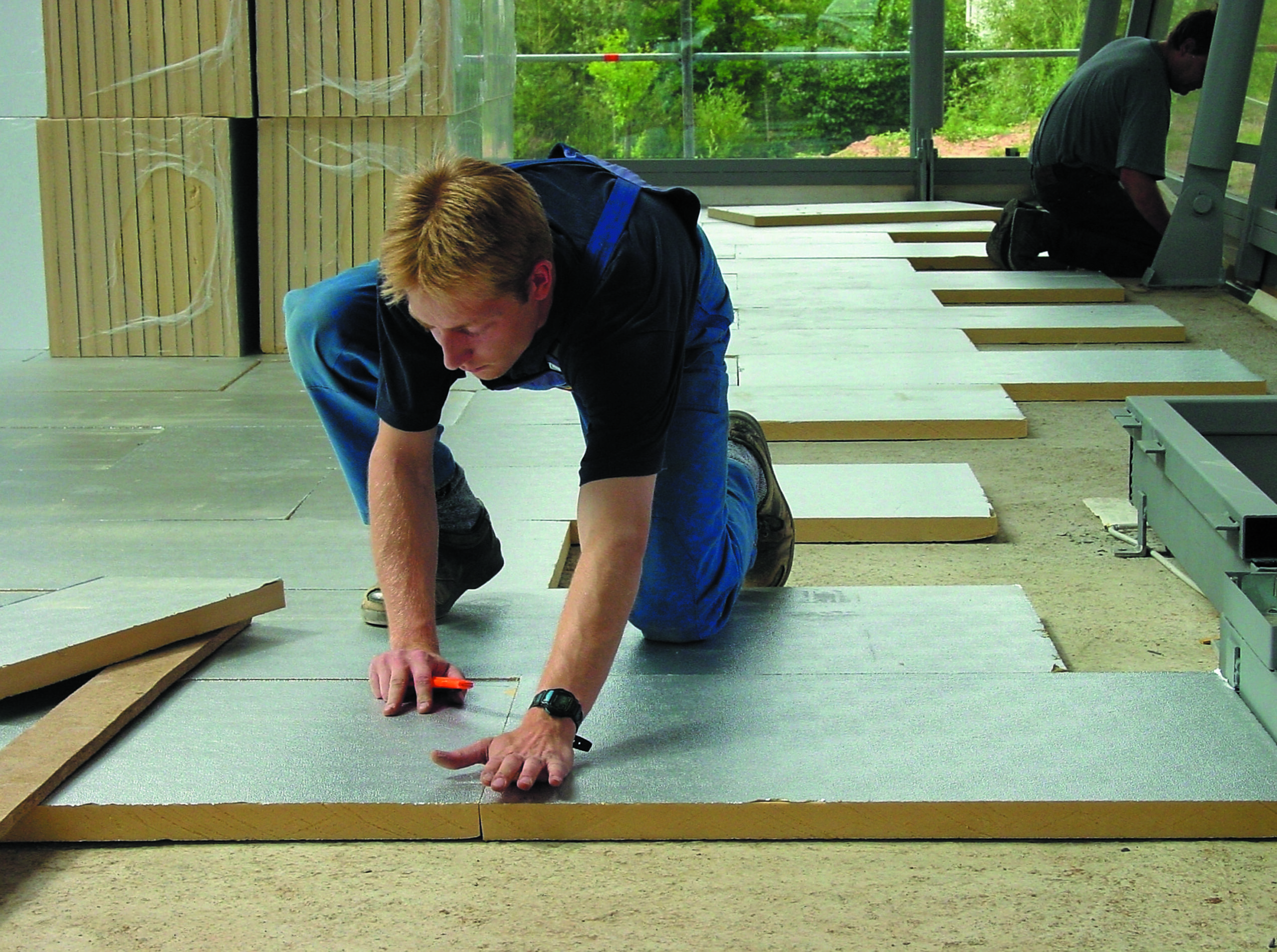Based on the fabric first approach, an effective thermal insulation strategy is one of the most successful routes to realisation of net-zero targets.
The thermal performance of a building is often defined as the total energy expenditure (per unit of the indoor floor area) needed to heat and/or cool the interior of a building to a minimum level of “thermal comfort”.
PIR insulation is one of the most thermally efficient insulation materials available, needing only minimal thickness to achieve maximum energy efficiency in a building envelope.
There are three values used when calculating thermal performance. These are lambda values, R-values and U-values.


